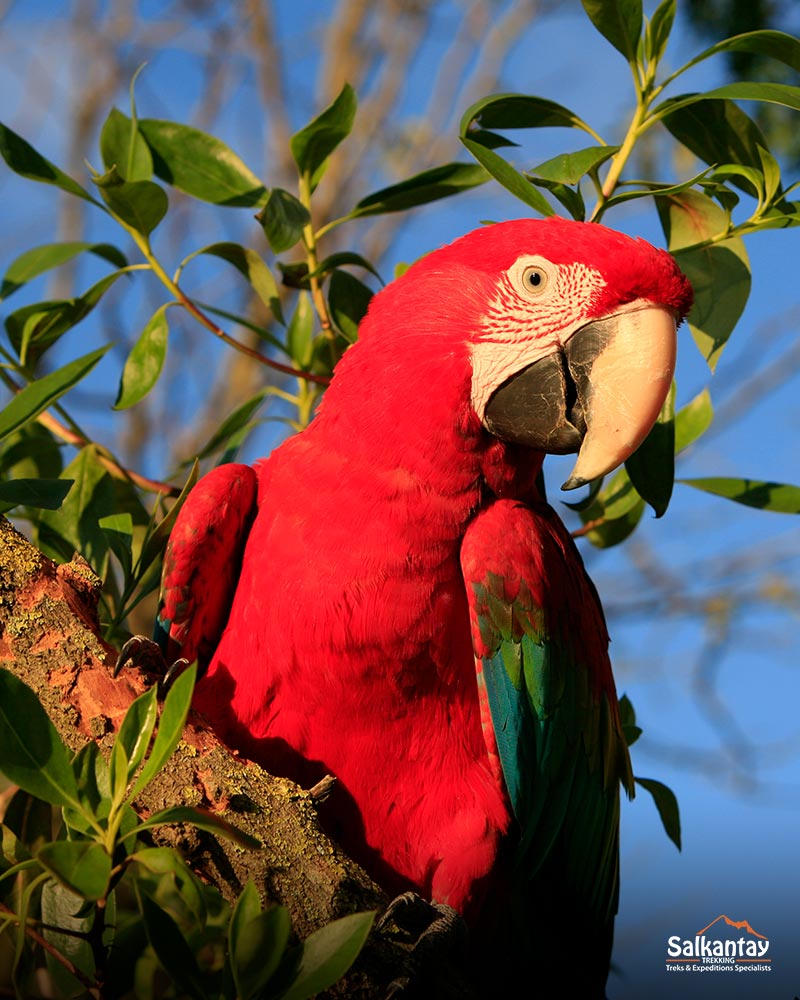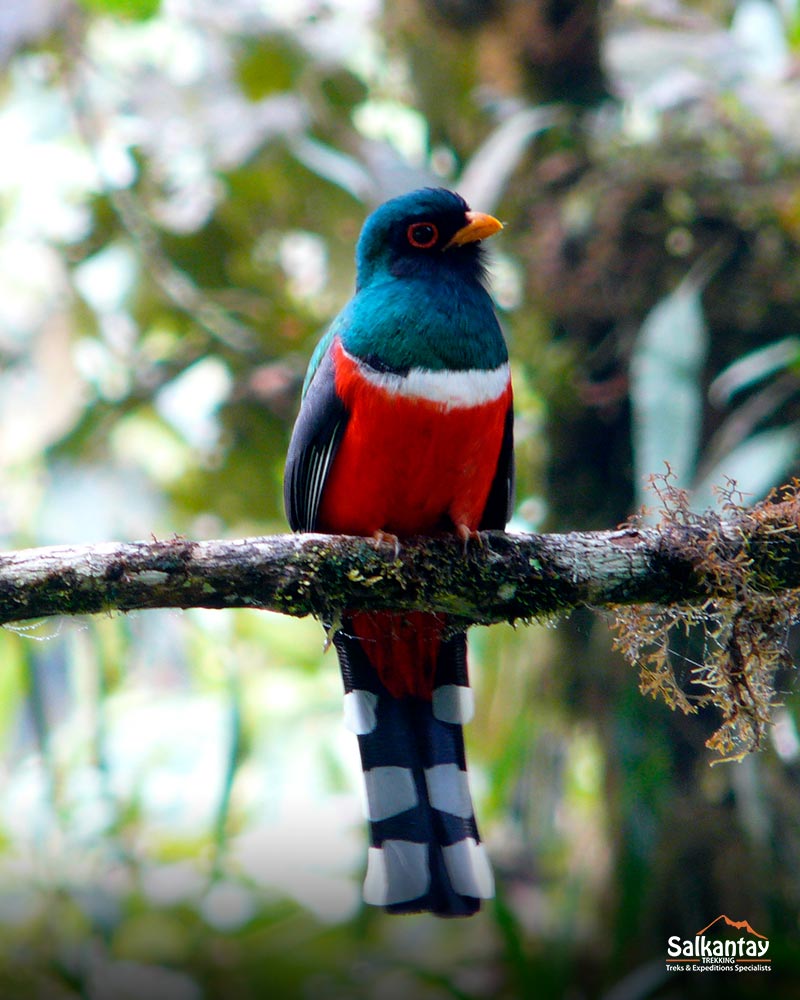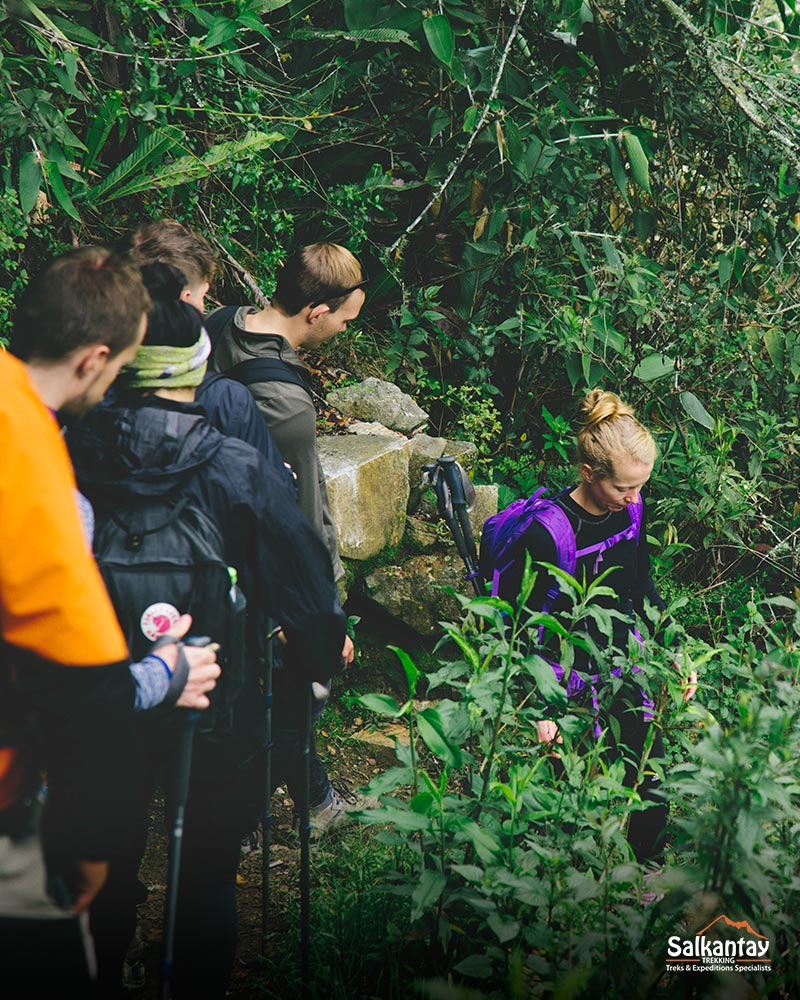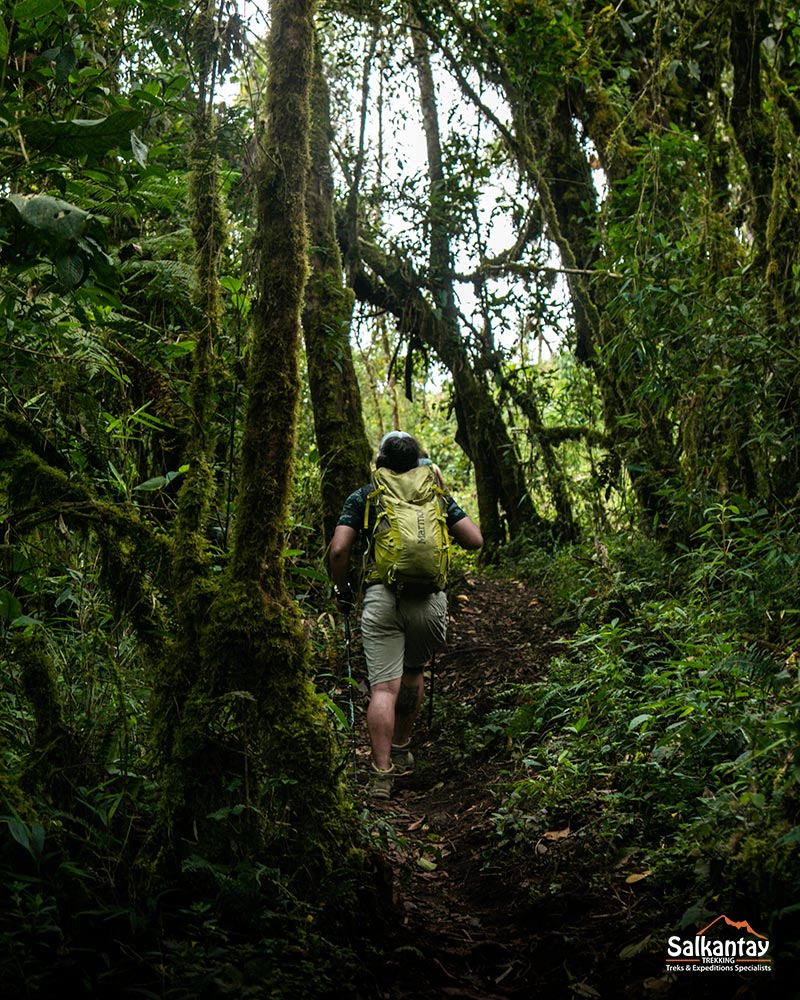Peru is a diverse country with many forests and different ecosystems, vital for its biodiversity and the global climate. The forests in Peru are home to many unique plant and animal species, many of which are not found anywhere else in the world.
Did you know that more than 60% of Peru’s territory (82 million hectares) is covered by forests, most of which are in the Amazon? Incredible, right? That’s why knowing their fundamental role on the planet is essential.
On March 21st, International Day of Forest is celebrated to raise awareness about the importance of their conservation and the serious consequences of deforestation. We introduce you to everything about the forests in Peru to discover how essential they are in life.

What is the Importance of Forests in Peru?
Forests are essential to guarantee the presence of rainfall and regulate the global climate. Peru is the ninth country with the most forests in the world and therefore plays a fundamental role in the planet’s health.
They are also important for the protection of biodiversity and the subsistence of indigenous communities that depend on the natural resources of the forests.
Forests are an important source of flora and fauna and help regulate the hydrological cycle, as they contribute to the formation of rivers and the recharge of aquifers. They also contribute to improving the country’s economy, as they are a source of natural resources such as timber, non-timber forest products and wildlife.
It is essential that these ecosystems remain intact and that productive activities are developed in areas that have been deforested. The conservation and sustainable use of forests in Peru are essential for the country’s future.

Characteristics of Forests in Peru
Forests have great diversity in terms of plant and animal species, climates, and landscapes. Here are some of the most relevant characteristics of forests in Peru:
Location
Peru’s forests are found mainly in the Amazon, the Andes Mountain range, and the coast.
Biodiversity
Forests in Peru are considered one of the most biodiverse in the world, as they host a wide variety of plant and animal species.
Fauna
The fauna in Peruvian forests is very diverse, with species of mammals, birds, reptiles, and amphibians, among others. Iconic animal species in these forests include the jaguar, spectacled bear, howler monkey, and condor.
Flora
In the forest in Peru, you can find several plant species: cedar, mahogany, cinchona tree, and the huasaina palm. There is a great variety of medicinal and fruit plants.
Climate
The forest in Peru has different climates, ranging from tropical humid in the Amazon to dry climate on the coast.

Benefits of Forests in Peru
- Combat climate change
- Purify the air
- Serve as natural air conditioning
- Provide a habitat for wildlife
- Prevent water pollution
- Control erosion
- Reinforce soil
- Sources of renewable energy
- Cool our cities
- Save water
Types of Forests in Peru
Peru has 42 types of forests in the coast, sierra, and jungle. Forests provide a habitat for biodiversity, food, natural medicines, ancestral cultures, and climate regulation. Here are some of the types of forests in Peru:
Tropical Rainforest
This type of forest is found in the Amazon region of Peru and covers a large part of the country. It is one of the most biodiverse forests in the world and is home to many species of plants and animals: jaguars, monkeys, toucans, and butterflies.



Tropical Dry Forest
This type of forest is found on the northern coast of Peru, in the Tumbes region. Although less known than the tropical rainforest, it is also essential for Peru’s biodiversity. It is home to species such as the howler monkey, guanaco, and ocelot.
Cloud Forest
This type of forest is found in the high and humid areas of the Peruvian Andes, where fog is frequent. These forests are important for water capture and biodiversity and are home to species such as the spectacled bear and the Andean cock-of-the-rock (Gallito de las Rocas).
Mountain Forest
It is home to many unique species of plants and animals that have adapted to high-altitude conditions.

Things You Should Know About Forests in Peru
There are several things you probably didn’t know about forests. We provide valuable information about the facts you should know about forests in Peru:
- Forests cover one-third of the Earth’s surface and harbor over half of animal and plant species.
- A quarter of modern medicines come from plants in tropical forests.
- Forests offer a wide variety of nutritious foods: nuts, fruits, seeds, and even insects.
- Trees in forests are natural aqueducts.
- Forests in Peru face various threats: deforestation, illegal mining, indiscriminate hunting and fishing, expansion of agriculture and livestock farming.
- Sustainably managed forests are the primary raw material for paper, which is renewable, and one of the most recycled materials in the world.
The Best Forest Hikes in Cusco
There are several forests that are important both from an ecological and cultural point of viewIn in Cusco region. Here are some of them:
Salkantay Trek
Cloud Forest
The cloud forest in Cusco is located in the Andes region in southern Peru. This park is one of the richest and most diverse ecosystems in the world, known for its dense vegetation and its humid world’s and cool climate. It is characterized by the presence of persistent clouds that form when the air moisture condenses on the mountain peaks. This constant mist allows the vegetation of the cloud forest to receive a great amount of water, which in turn enables the growth of a wide variety of plants and animals.
During the Salkantay trek, hikers can walk through the cloud forest of Cusco, experiencing up close the beauty and diversity of this unique ecosystem. As they ascend the mountains, travelers cross dense and humid forests that are full of life.
Is only one part of the Salkantay trek experience, but it is a crucial element that makes it an unforgettable experience.


Hidroeléctrica Trail
The Hidroeléctrica to Aguas Calientes trail is a path that runs through a beautiful forest located in Cusco, Peru. This trail is well-known if you want to visit Machu Picchu, as it is one of the ways to access the Inca citadel.
From the train station, there is a hike of approximately 3 hours until you reach Agua Calientes. Visitors can enjoy the lush forest vegetation and tropical plants. They can also appreciate spectacular views of rivers, mountains, and diverse flora and fauna.


Inca Trail
The Inca Trail is one of the most famous hiking routes in the world and passes through some of the most impressive and biodiverse forests in Peru. Along the way, hikers can find different types of forests surrounded by nature. Below are the forests of the Inca Trail, considered one of Peru’s most valuable natural gems:
Polylepis Forest
It is a high Andean forest found along the Inca Trail’s final section near Machu Picchu. This forest is famous for its Polylepis trees, the only evergreen trees that grow in the Andes, and are important for their geological and cultural value.
Cloud Forest
Present of dense fog and its lush vegetation. This forest is home to various birds, butterflies, and mammals, including monkeys, spectacled bears, and the peculiar giant anteater.
Queuña Forest
Another high Andean forest that is found along the Inca Trail. This forest is essential for the presence of queuña trees and is home to several endemic bird species.
Bamboo Forest
It is a subtropical forest found near the archaeological site of Wiñay Wayna, in the final section of the Inca Trail. It is famous for its bamboo trees, which grow up to 30 meters high and are the largest in South America.
The forests found along the Inca Trail are diverse and spectacular, offering visitors a unique experience in contact with nature.


Inca Jungle Trail
Inca Jungle is an alternative to the Inca Trail to reach Machu Picchu. There are different types of forests, which offer a unique experience of being surrounded by nature.
Peru, a country of forests
Peru is one of the most diverse countries in the world regarding flora and fauna, and much of this diversity is found in its forests.
Forests in Peru are a fundamental part of the country’s and the world’s natural heritage, and their conservation and sustainable use are crucial to ensure their long-term ecological, economic, and cultural importance.
A comprehensive approach is necessary to protect Peruvian forests. It is also important for society to become aware of the importance of forests and their conservation.
Remember that without forests, life would not be possible. Let’s learn to value them!












Leave A Reply